1. The Edsel Car

When the Edsel was introduced in the late ’50s, it was supposed to revolutionize the automobile industry. Ford marketed it as a car of the future, with cutting-edge features and sleek design, but the reality was far from that. Not only was it overpriced for its time, but it also had a reputation for poor build quality, which led to massive customer disappointment. The car was a financial disaster for Ford, resulting in millions of dollars in losses and the discontinuation of the brand after just three years.
Consumers were also not fond of the Edsel’s unconventional styling, which included a bizarre “horse-collar” grille that looked more like a design mistake than an innovation. Instead of capturing the imagination of drivers, the Edsel quickly became a symbol of a failed experiment. While Ford had high hopes for it, the Edsel’s legacy remains one of the most infamous automotive flops in history.
2. The Hula Hoop

In the 1950s, the hula hoop was marketed as the must-have toy for kids, promising not only fun but also health benefits. The hoop’s popularity skyrocketed, with millions sold within a short period. However, it turned out that while it could indeed provide a bit of exercise, it did little to improve one’s health. The hula hoop was a passing fad that quickly faded, leaving many children with nothing but a plastic ring to show for it.
Despite the initial excitement, the long-term benefits of the hula hoop were dubious at best. Most kids soon grew bored with the repetitive motion and moved on to the next toy craze. In the end, the hoop was less of a revolutionary fitness tool and more of a brief moment of distraction.
3. The Flying Car
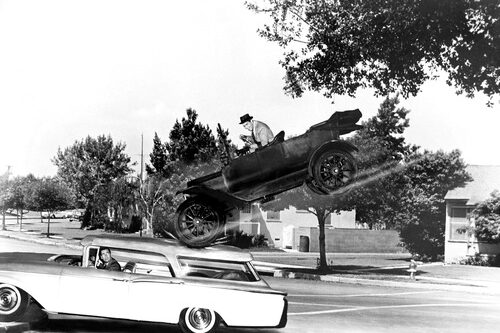
The 1950s were a time when futurism was in full swing, and the idea of flying cars was a hot topic. Companies promised that flying cars would be the answer to urban congestion, making travel faster and more convenient. However, the reality of building such vehicles proved far more complicated than anticipated. Despite the hype, we’ve yet to see flying cars become a mainstream mode of transportation, and they remain mostly a distant dream.
The problem was twofold: the technology simply wasn’t ready, and the idea of safely operating a flying vehicle in busy airspace was far too complex. Moreover, the cost of production and operation was astronomical. Rather than alleviating the stresses of everyday travel, the flying car ended up as a futuristic idea that never lived up to its promise.
4. The Atomic Coffee Pot

In the ’50s, the atomic coffee pot was introduced as the future of kitchen appliances. It promised to brew coffee faster and more efficiently by harnessing the power of atomic energy. However, like many “atomic” products from that era, it was more gimmick than game-changer. The idea of atomic power in household appliances wasn’t as revolutionary as it sounded, and the safety concerns were too great.
These coffee pots were eventually pulled from the market, as the public grew wary of anything with the word “atomic” attached. What was meant to be an exciting, futuristic upgrade ended up as a cautionary tale about overzealous marketing and the dangers of misusing powerful technology.
5. The Walkman (First Attempt)
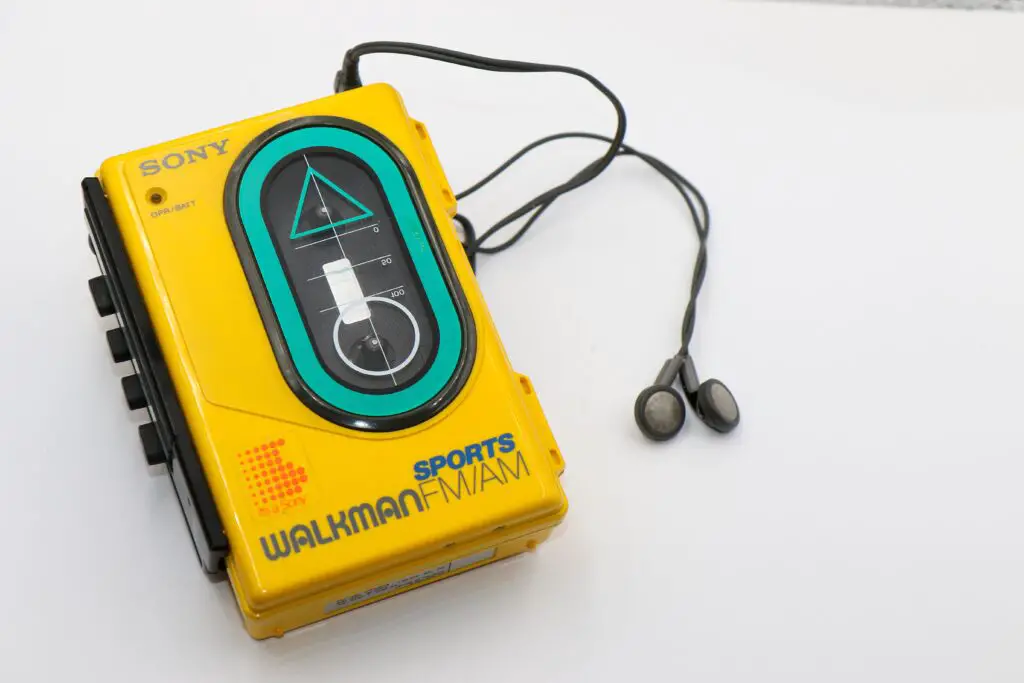
Before the iconic Walkman became a household name in the 1980s, there was a failed version introduced in the late ’50s. It was a bulky, cumbersome device that promised to bring music on the go. Unfortunately, it was too impractical for everyday use, and the idea never caught on. The device was heavy, had poor sound quality, and drained batteries quickly, making it more frustrating than fun.
While the concept of portable music was intriguing, the first attempt was a far cry from the sleek, user-friendly device that would later dominate the market. It took decades of technological advancement before the Walkman finally became the cultural phenomenon we know today.
6. The Pre-Packaged TV Dinner
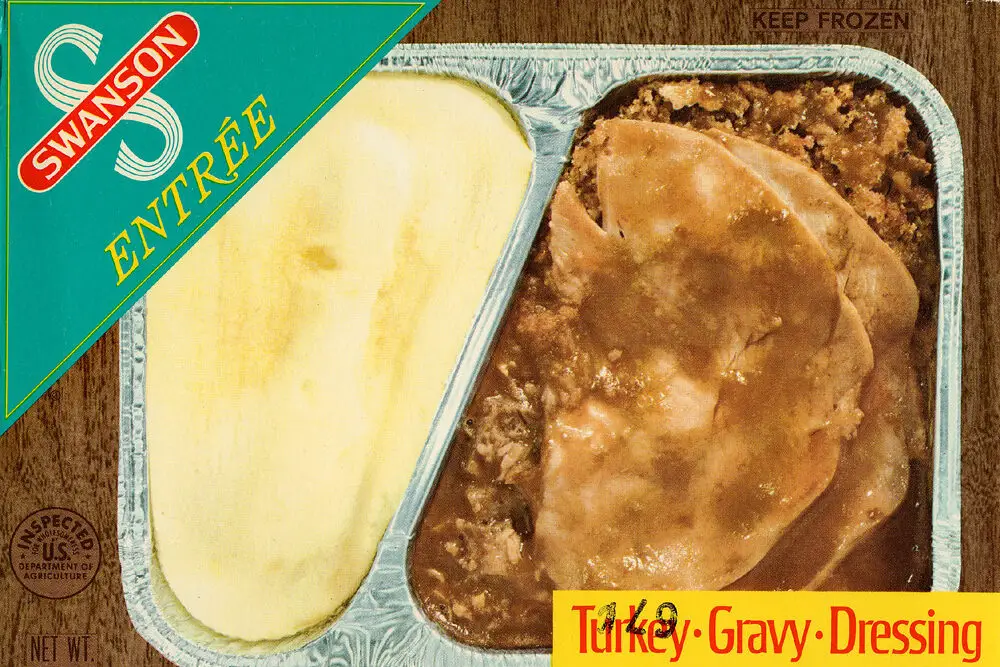
In 1953, Swanson introduced the pre-packaged TV dinner, promising a quick, easy solution to mealtime. Advertised as the perfect dinner for busy families, it was a hit in the era of television dinners. The idea was revolutionary, offering an entire meal in a single, convenient package. However, these meals were often filled with unhealthy preservatives, sodium, and artificial ingredients.
While TV dinners may have made life easier for families in the short term, they also contributed to unhealthy eating habits. As the years went on, we learned that these quick meals were not as nutritious or wholesome as the advertising promised, leading to a backlash against processed foods in the following decades.
7. The Power Tie
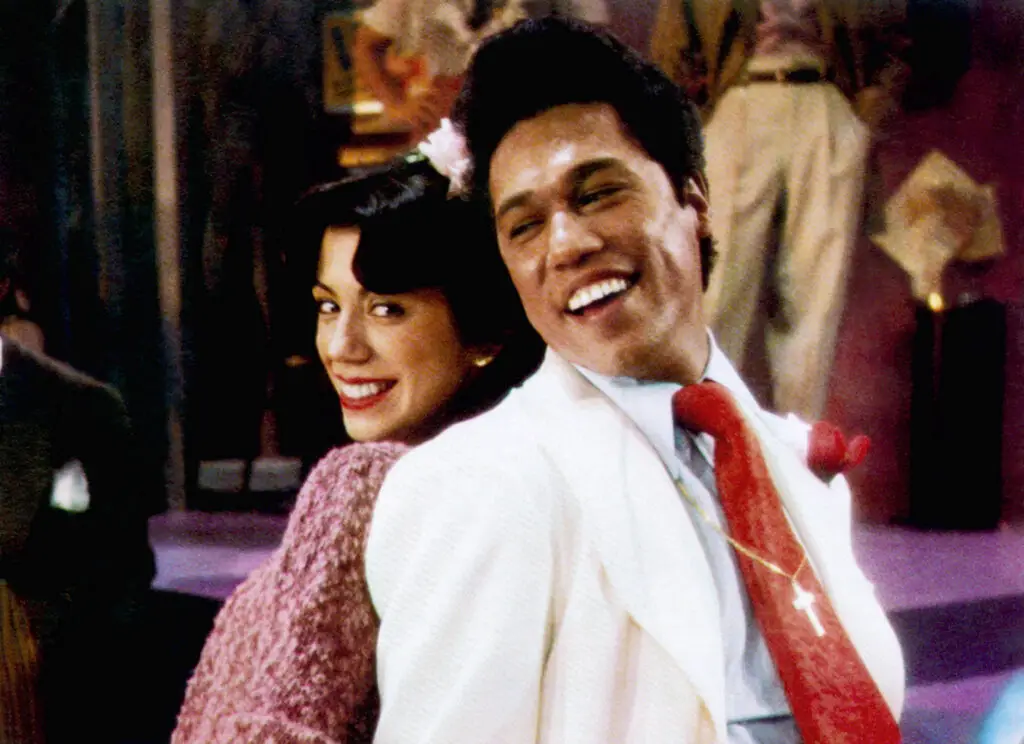
A strange invention of the 1950s was the “power tie,” which promised to make men look more successful and commanding. The tie was designed with a bold pattern that supposedly conveyed power and authority. Advertised as a surefire way to impress in the boardroom, the power tie quickly became a symbol of over-the-top masculinity and questionable taste.
Rather than boosting confidence, the power tie ended up making its wearers appear more like caricatures of corporate culture. While it was meant to project success, it became a dated fashion trend that didn’t stand the test of time, leaving behind a legacy of misguided sartorial choices.
8. The Segway (Prototype)
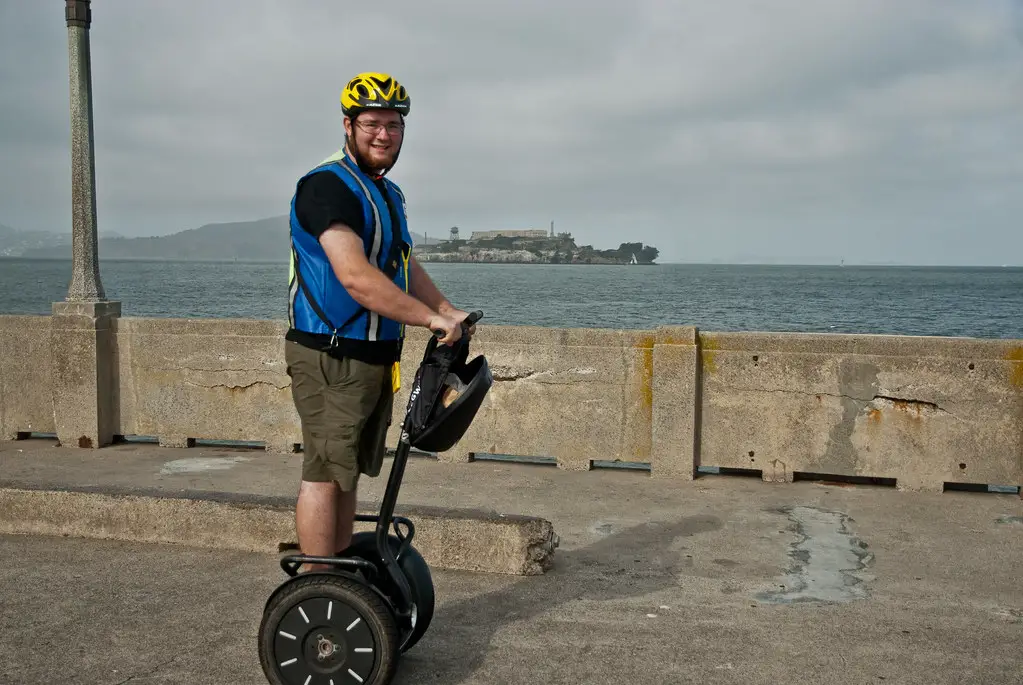
Though the Segway became a commercial success decades later, its prototype in the 1950s was far from the innovative device we know today. The Segway was originally envisioned as a futuristic mode of personal transportation that would replace walking. However, the early design was clunky, hard to control, and impractical for widespread use.
Despite its promise to revolutionize urban mobility, the concept failed to capture the public’s imagination at the time. The Segway remained a futuristic idea that couldn’t overcome its own technical limitations, and it wasn’t until much later that it gained traction in niche markets.
9. The Tupperware Pressure Cooker

Tupperware’s foray into the pressure cooker market in the ’50s was an attempt to bring convenience to home cooking. The pressure cooker promised to cook meals faster and with more flavor, but it was fraught with safety issues. Many of these early models had faulty seals that could cause explosions, making them a dangerous addition to any kitchen.
Instead of becoming a household staple, the Tupperware pressure cooker quickly gained a reputation for being more hazardous than helpful. While Tupperware is still beloved for its containers, this particular innovation is remembered as a misguided attempt at improving kitchen appliances.
10. The Electric Toothbrush

The first electric toothbrush hit the market in the ’50s, promising a better way to care for your teeth. With its buzzing bristles, it promised to make brushing more efficient and easier. However, the reality was that the electric toothbrush was bulky, loud, and ineffective compared to manual brushing techniques.
It wasn’t until later decades, when the design was refined and the technology improved, that electric toothbrushes became an everyday tool in modern oral hygiene. Early models failed to live up to their hype, and many people preferred the simplicity of a good old-fashioned toothbrush.
11. The Home Freezer

In the ’50s, the idea of the home freezer was marketed as a way to save money and reduce trips to the store. While the freezer made it easier to stock up on food, it also led to over-purchasing and food waste. Instead of leading to more efficient living, many families found themselves throwing out forgotten frozen meals months later.
The home freezer, though helpful in some respects, also caused people to store more food than they needed, resulting in waste. It promised convenience but ultimately contributed to a culture of overconsumption and clutter.
12. The Hovercraft

The hovercraft was hailed as a revolutionary invention in the ’50s, capable of gliding over water and land with ease. It promised to be the future of transportation, particularly for military and rescue operations. However, the hovercraft’s practical uses were limited by its high fuel consumption, limited speed, and inability to navigate in certain terrains.
While it may have worked well in controlled environments, the hovercraft didn’t live up to the broad promises of its potential. Today, they are mostly used in specialized, niche areas rather than becoming the game-changing vehicle once imagined.
13. The Electric Car (Prototype)
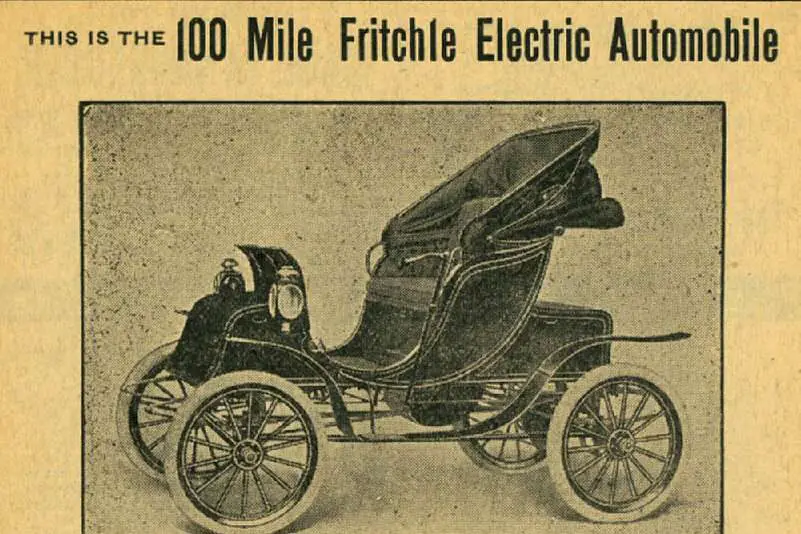
The concept of the electric car was first experimented with in the ’50s, with prototypes promising an environmentally friendly alternative to gasoline-powered vehicles. However, the technology was not developed enough to make electric cars a feasible option for the average consumer. The batteries were inefficient, and the infrastructure to support such cars was non-existent.
The early electric car failed to gain traction, leaving it on the back burner until the late ’90s, when modern advancements in battery technology made electric cars a viable choice. Despite the initial promise, the early electric cars were just a glimpse of what would eventually become a growing industry.
